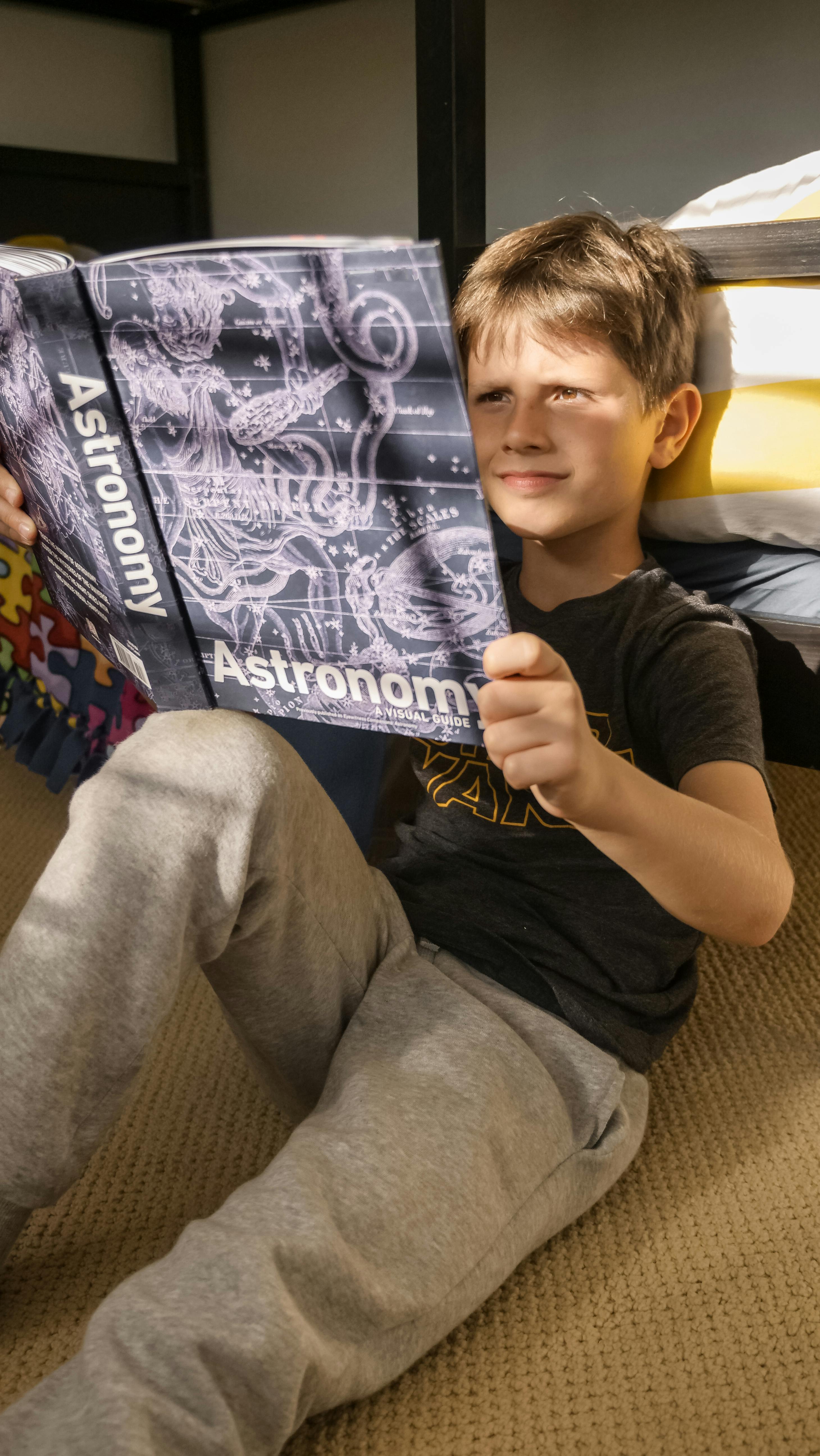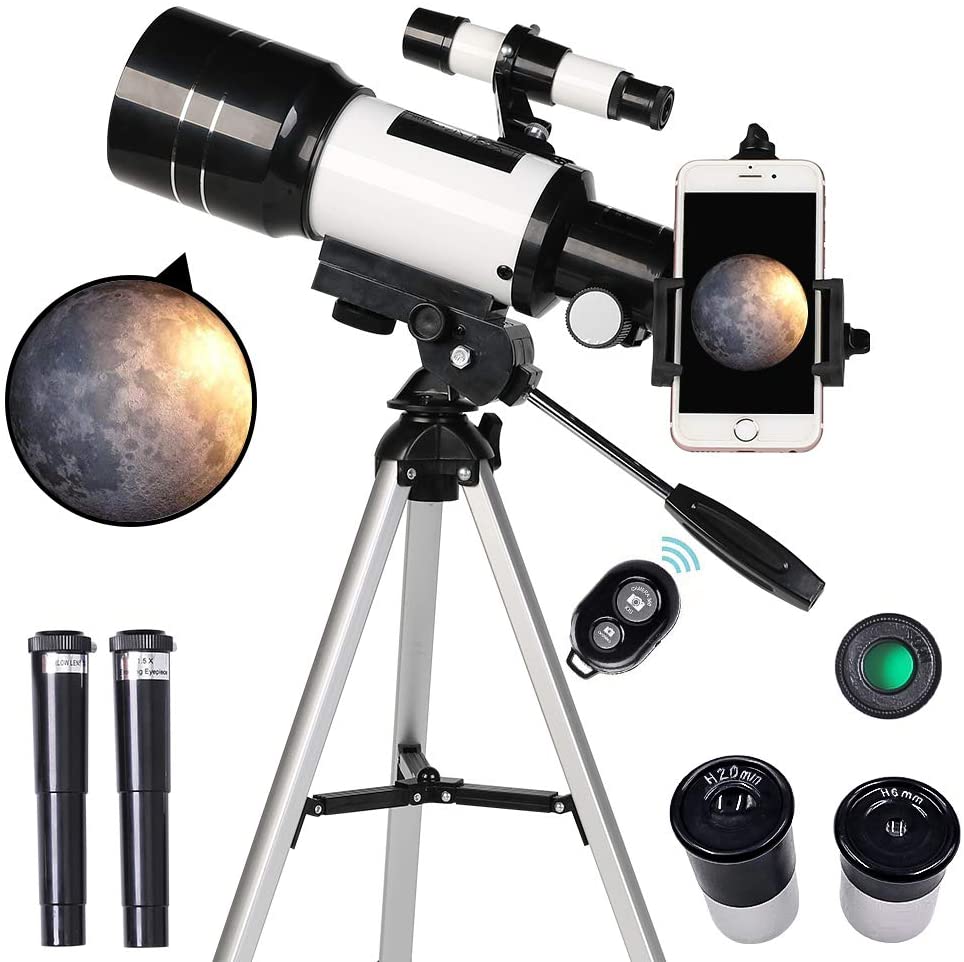
For many of us, one of the best ways to explore the wonders of space is through astronomy books for kids. Learning about the stars, planets, galaxies and other cosmic phenomena through books is an exciting and educational way to discover the universe. From understanding the basics of astronomy to exploring the mysteries of the universe, astronomy books for kids offer a plethora of knowledge and opportunities to learn. In this article, we will explore the benefits of learning astronomy through books, popular astronomy books for kids, and how to choose the right astronomy book for your child.
Introduction to Astronomy
Astronomy is the study of the universe and its celestial objects. It is the oldest of the natural sciences and dates back to ancient times. Astronomy is a fascinating field of science that has sparked the curiosity and imagination of humans for centuries. From the earliest observations of stars in the night sky to the most advanced telescope observations of distant galaxies, astronomy has allowed us to explore and understand the universe beyond our own planet.
Astronomy books for kids are an excellent way to introduce children to this fascinating field of science. By reading and learning from astronomy books, kids can explore the wonders of the universe in a fun and engaging way. Not only will they learn about the stars, planets and galaxies, but they’ll also gain a better understanding of the laws of physics and the principles of mathematics.
Benefits of Learning Astronomy Through Books
There are many benefits to learning astronomy through books. First, books allow children to learn at their own pace and in their own way. Instead of having to attend a live class or lecture, they can study whenever and wherever they want. This makes astronomy books an ideal choice for busy families or those who may not have access to a live astronomy class.
Another benefit of learning astronomy through books is that they provide an opportunity for hands-on learning. Many astronomy books come with detailed diagrams and illustrations that help children visualize the concepts they are learning. Additionally, astronomy books often include fun activities and experiments that kids can do at home. These activities can help children better understand and remember the concepts they are studying.
Finally, astronomy books for kids provide an engaging way to explore the universe. Many books feature exciting stories and characters that help bring the science to life. This makes learning about astronomy fun and exciting, which can help keep kids engaged and interested.
Popular Astronomy Books for Kids
There are a variety of astronomy books for kids available on the market. Below are a few of the most popular books for children of all ages:
- “Dr. Seuss Discovers: Space” by Dr. Seuss: This beloved classic introduces readers to the world of astronomy through its whimsical illustrations and rhymes.
- “The Magic School Bus Explores the Solar System” by Joanna Cole: This book takes readers on a magical journey through the solar system. Along the way, they’ll learn about the planets and their moons.
- “Jump into Science: Stars” by Steve Tomecek: This informative and engaging book takes readers on a tour of the universe, from our own solar system to distant galaxies.
- “Zoo in the Sky” by Jacqueline Mitton: This book is a great introduction to the night sky. It includes easy-to-follow instructions and illustrations to help readers identify stars, constellations and planets.
- “The Backyard Astronomer’s Guide” by Terence Dickinson: This comprehensive guide is a must-have for any budding astronomer. It includes detailed information about the night sky, tools and equipment, and stargazing tips.
Exploring the Solar System Through Astronomy Books
One of the most exciting aspects of astronomy is exploring the solar system. Astronomy books for kids can help them do just that. From books that explore the planets and their moons to those that delve into the history of space exploration, there are plenty of options to choose from.
One popular astronomy book for kids is “The Magic School Bus Explores the Solar System” by Joanna Cole. This book takes readers on a magical journey through the solar system. Along the way, they’ll learn about the planets and their moons. They’ll also learn about the sun, asteroids and comets.
Another great book is “Exploring Space With an Astronaut” by Patricia J. Murphy. This book takes readers on a tour of the solar system, from the sun to Pluto. It includes detailed information about each planet, and it also explores the history of space exploration.
Exploring the Stars and Galaxies Through Astronomy Books
In addition to exploring the solar system, astronomy books for kids can also help them explore the stars and galaxies. From books featuring fun stories and characters to those that delve into the history of astronomy, there are plenty of books to choose from.
One popular astronomy book for kids is “Zoo in the Sky” by Jacqueline Mitton. This book is a great introduction to the night sky. It includes easy-to-follow instructions and illustrations to help readers identify stars, constellations and planets. It also includes fascinating facts about the moon and the sun.
Another great book is “The Backyard Astronomer’s Guide” by Terence Dickinson. This comprehensive guide is a must-have for any budding astronomer. It includes detailed information about the night sky, tools and equipment, and stargazing tips.
Exploring the Universe Through Astronomy Books
In addition to exploring the stars and galaxies, astronomy books for kids can also help them explore the universe. From books about the Big Bang to those that explore the mysteries of dark matter, there are plenty of books to choose from.
One popular astronomy book for kids is “George and the Big Bang” by Stephen Hawking. This book introduces readers to the fascinating world of cosmology and the Big Bang theory. It includes easy-to-understand explanations of the latest discoveries and theories in the field.
Another great book is “Dark Matter and the Dinosaurs” by Lisa Randall. This book explores the mystery of dark matter and its potential role in the extinction of the dinosaurs. It includes fascinating facts and explanations that kids can easily understand.
Exploring the History of Astronomy Through Books
In addition to exploring the universe, astronomy books for kids can also help them explore the history of astronomy. From books about ancient astronomers to those that explore the modern science of astronomy, there are plenty of books to choose from.
One popular astronomy book for kids is “When the Sun Goes Dark” by Andrew Fraknoi. This book takes readers on a journey through the history of astronomy. It includes detailed information about the ancient astronomers and their discoveries, as well as modern discoveries.
Another great book is “Star Talk” by Neil deGrasse Tyson. This book explores the history of astronomy and the contributions of famous astronomers. It also includes explanations of modern astronomical phenomena and theories.
Choosing the Right Astronomy Book for Kids
When it comes to choosing the right astronomy book for kids, it’s important to consider the age and interests of the child. For younger children, look for books with bright illustrations and easy-to-understand explanations. For older children, look for books with more detailed information and activities.
It’s also important to consider the child’s level of interest in astronomy. If they’re just beginning to explore the subject, look for books that introduce the basics and provide fun activities. If they’re already passionate about astronomy, look for books that provide more in-depth information and activities.
Astronomy Activities for Kids
In addition to reading astronomy books for kids, there are plenty of other activities that can help children explore the wonders of the universe. Here are a few astronomy activities that kids of all ages can enjoy:
- Stargazing: Stargazing is a great way to introduce kids to the night sky. With a telescope or binoculars, they can observe stars, planets, galaxies and other celestial objects.
- Moon Phases: Kids can explore the lunar cycle by creating a model of the moon and tracking its phases over time.
- Constellations: Kids can learn about the constellations by creating their own constellation map or tracing constellations in the night sky.
- Meteor Watching: Meteor showers are a great way to observe the night sky. Kids can observe the shower, count the meteors, and record their observations.
Conclusion
Exploring the wonders of the universe can be an exciting and educational experience for kids. Astronomy books for kids are a great way to introduce children to the fascinating field of astronomy. From understanding the basics of astronomy to exploring the mysteries of the universe, astronomy books provide an engaging way to discover the wonders of the cosmos. Through books, kids can learn about the stars, planets, galaxies and other celestial objects, as well as the laws of physics and the principles of mathematics. In addition, they can explore the solar system, the stars and galaxies, and the universe through astronomy books. Finally, they can explore the history of astronomy through books and engage in astronomy activities such as stargazing, moon phases, constellations and meteor watching. So, what are you waiting for? Pick up an astronomy book for your kids today and explore the wonders of the universe!


